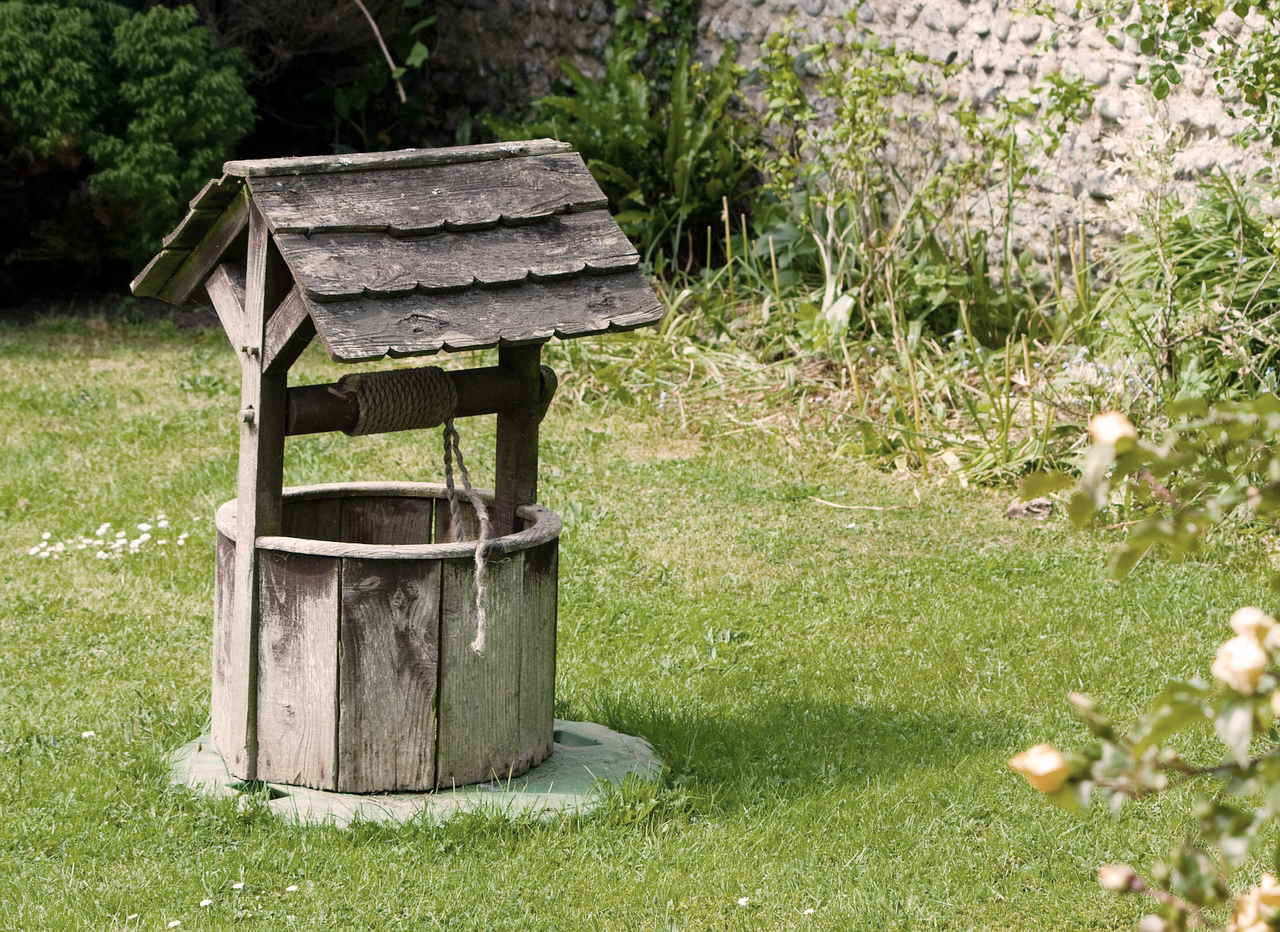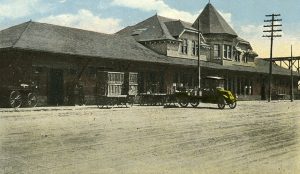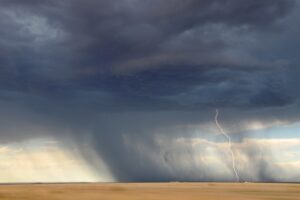
By Joanne Rawluk – Gypsumville, Man.
My parents often spoke of the hardships they, and their parents, endured growing up. When I tell my own grandchildren of my early childhood “pioneering” on the farm, they look at those days as hardships too. I never really considered those days difficult though.
Growing up in the city until I was 9, we moved to a ‘returning soldier’s settlement‘. It was virgin bushland north of Swan River, Man., without power or running water. It didn’t seem like a hardship to me at the time. On the contrary, it was exciting and adventurous!
Looking back now, there are certainly things from those early days I would not want to return to. The simple task of keeping one’s body clean was much different than I was used to in the city. There were no bathtubs or showers. Water was drawn from a hand-dug well and carried by pails into the house.
We used the well water for bathing, cooking, drinking, and watering the farm animals. I was used to getting water from a faucet, so it was quite the novelty to drink water scooped from a pail with a long-handled dipper.
We also used rainwater collected in barrels for bathing and washing our clothes. It had to be scooped out and carried by pails to the house. It was poured into a reservoir on the side of the wood cook stove. Needless to say, we never wasted a drop of water. The novelty of carrying it from the well and barrels soon wore off and we were obligated to take turns.
‘Shampooing hair once weekly’
Snow was hauled inside during the winter and melted in a tub on the stove. This provided us with ‘soft’ water. When the season was dry, the hard well water sufficed.
For daily washing, an enamel basin sat on a washstand. We washed, sponge-bathed, and even shampooed our hair there. When we were younger, we washed our hair once a week or whenever it was a special occasion. I remember our health textbook in school emphasized shampooing hair once weekly. How times have changed!
Saturday night baths at our house would please the most strict water conservationists. No wasted water there! Water was heated on the stove and poured into a galvanized tub. At first, the tub was square, then round. We finally bought an oval- shaped tub and it was quite the treat to be able to stretch out in the tub, versus being cramped up in the smaller one.
We children took turns in the tub and the same water was used by our parents when it was their turn to bathe. Extra hot water was added to each bath so that everyone had a warm bath.
Laundry day meant the galvanized boiler was filled with water the night before. It sat on the wood stove until the stove was lit to heat the water the next morning.
Wasteful washer triggers tinge of guilt
We had a gas-powered washer, and like the Saturday night baths, there was no water wasted. One boiler fill did all the loads of laundry, with hot water from the kettle added as needed. Two tubs were used for rinsing and the water was cold, at least until it warmed from the clothes being rinsed.
I still feel a tinge of guilt today when I use my automatic washer. It not only wastes water, but also takes fresh detergent every load. However, I do not miss carrying the water outside after the laundry is done.
I can still remember the glorious feeling of having my first bath once electricity and indoor plumbing were installed. I felt like a princess!
To this day, I cannot fill the tub full for a bath, and I don’t take prolonged showers. I cannot run water indiscriminately. I became a water conservationist years ago when I had to carry all those pails of water to the house so many times. Every drop of water was precious and none was ever wasted.



